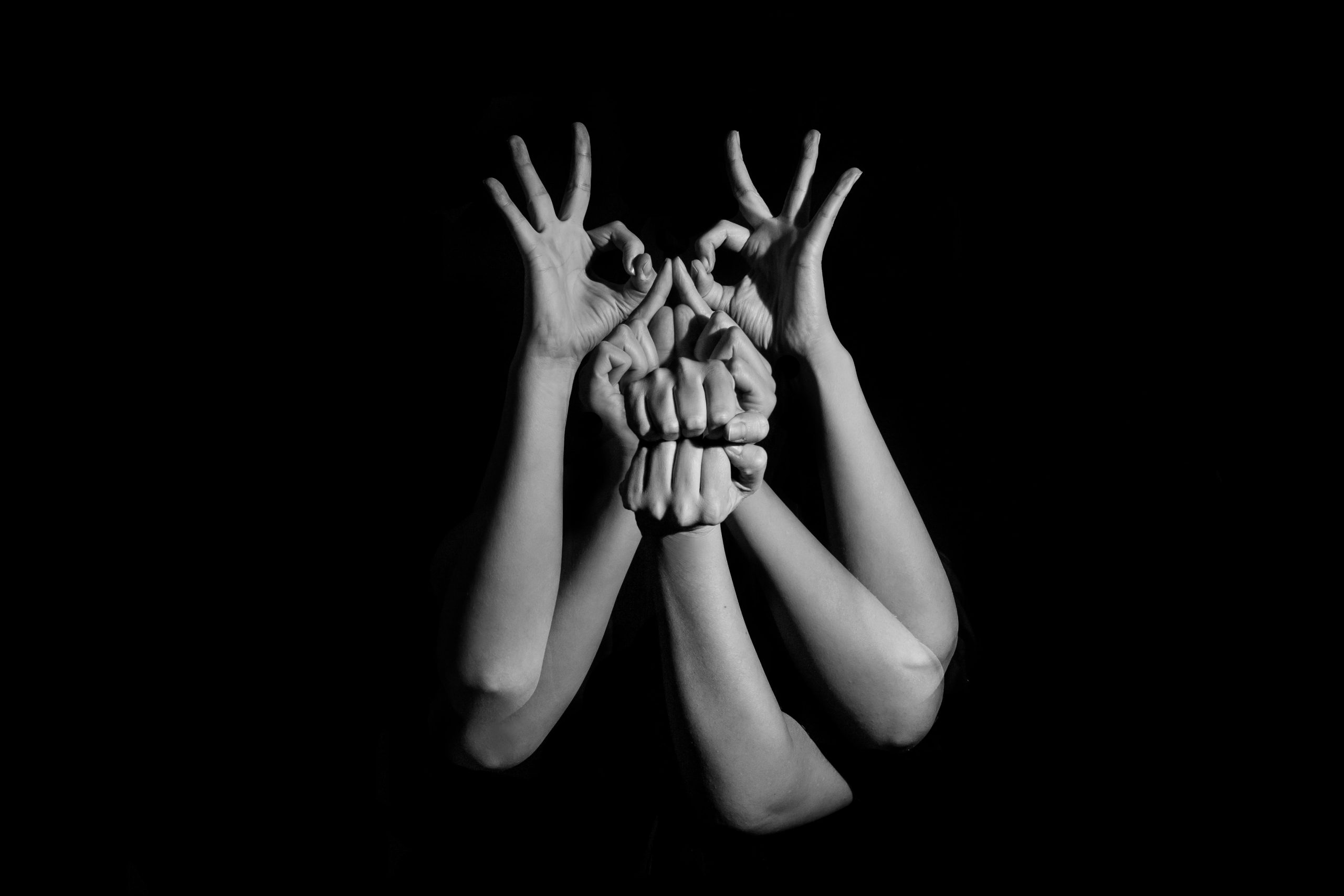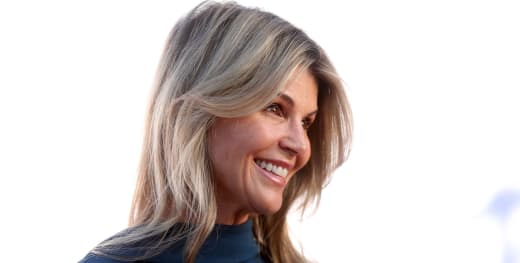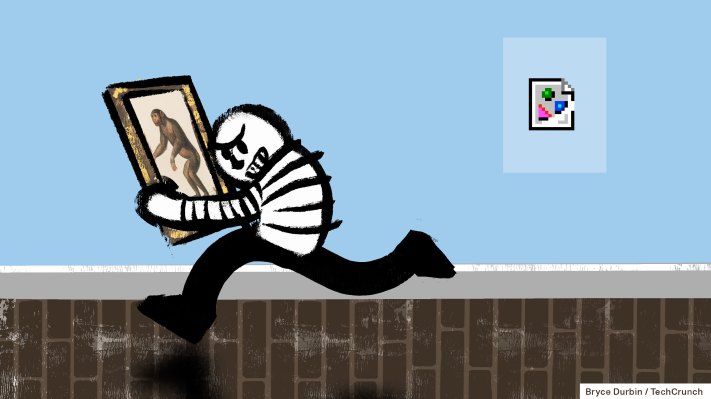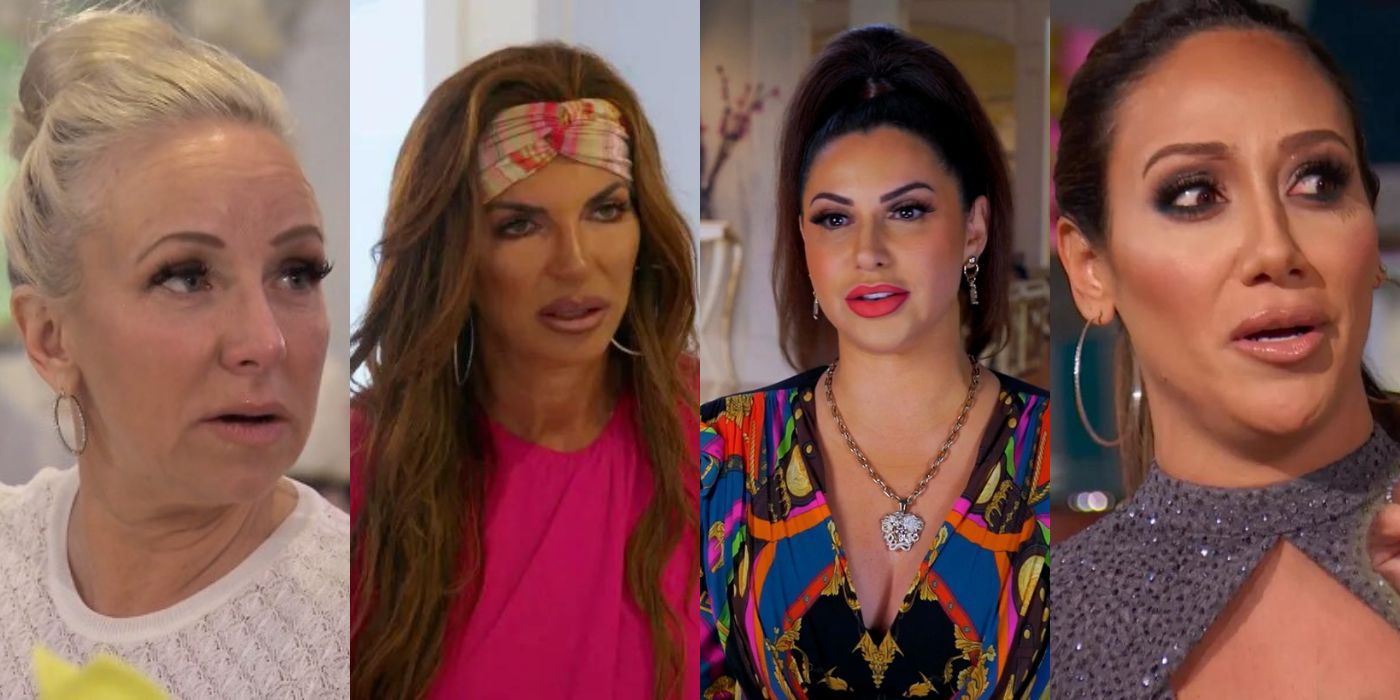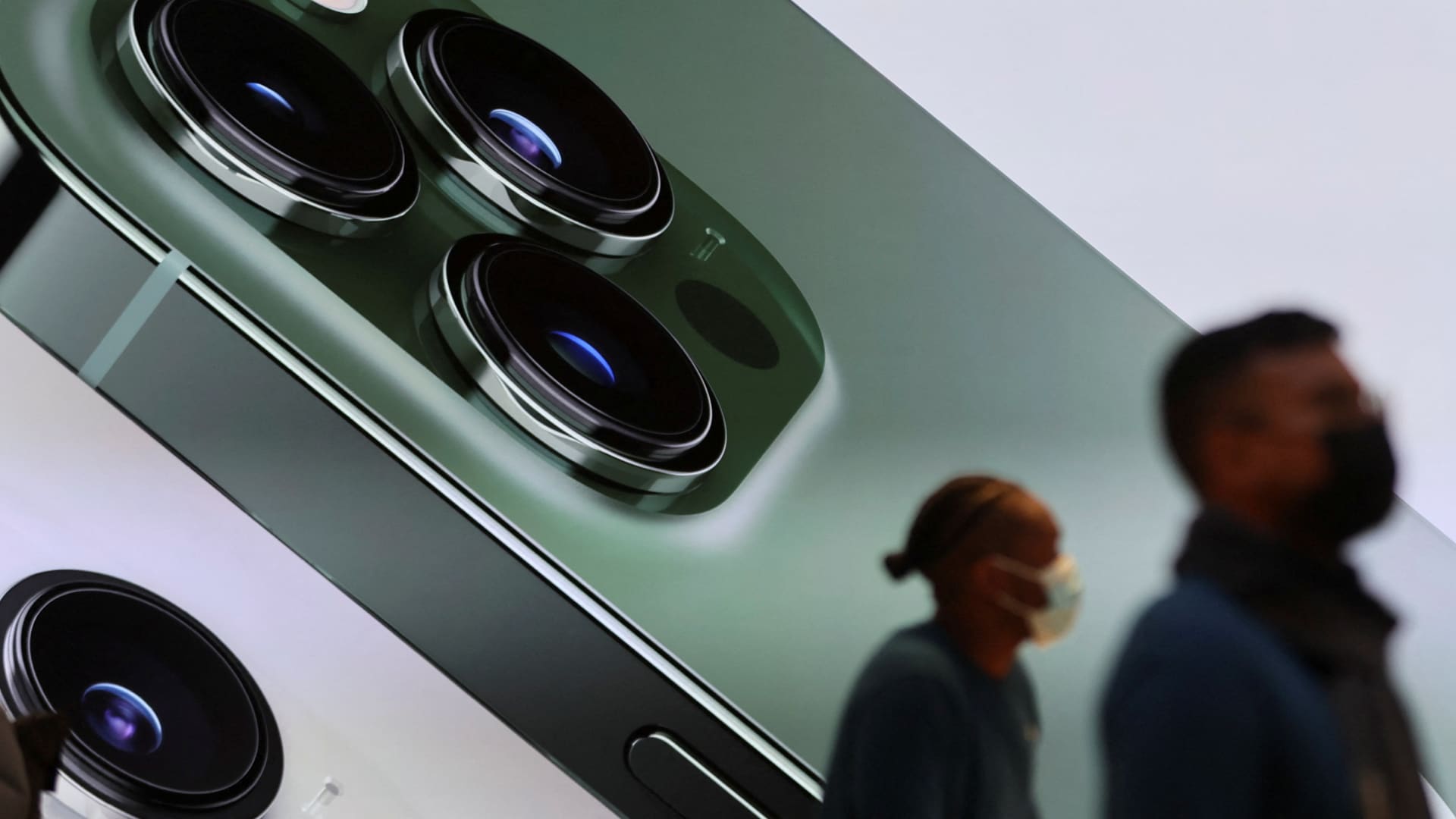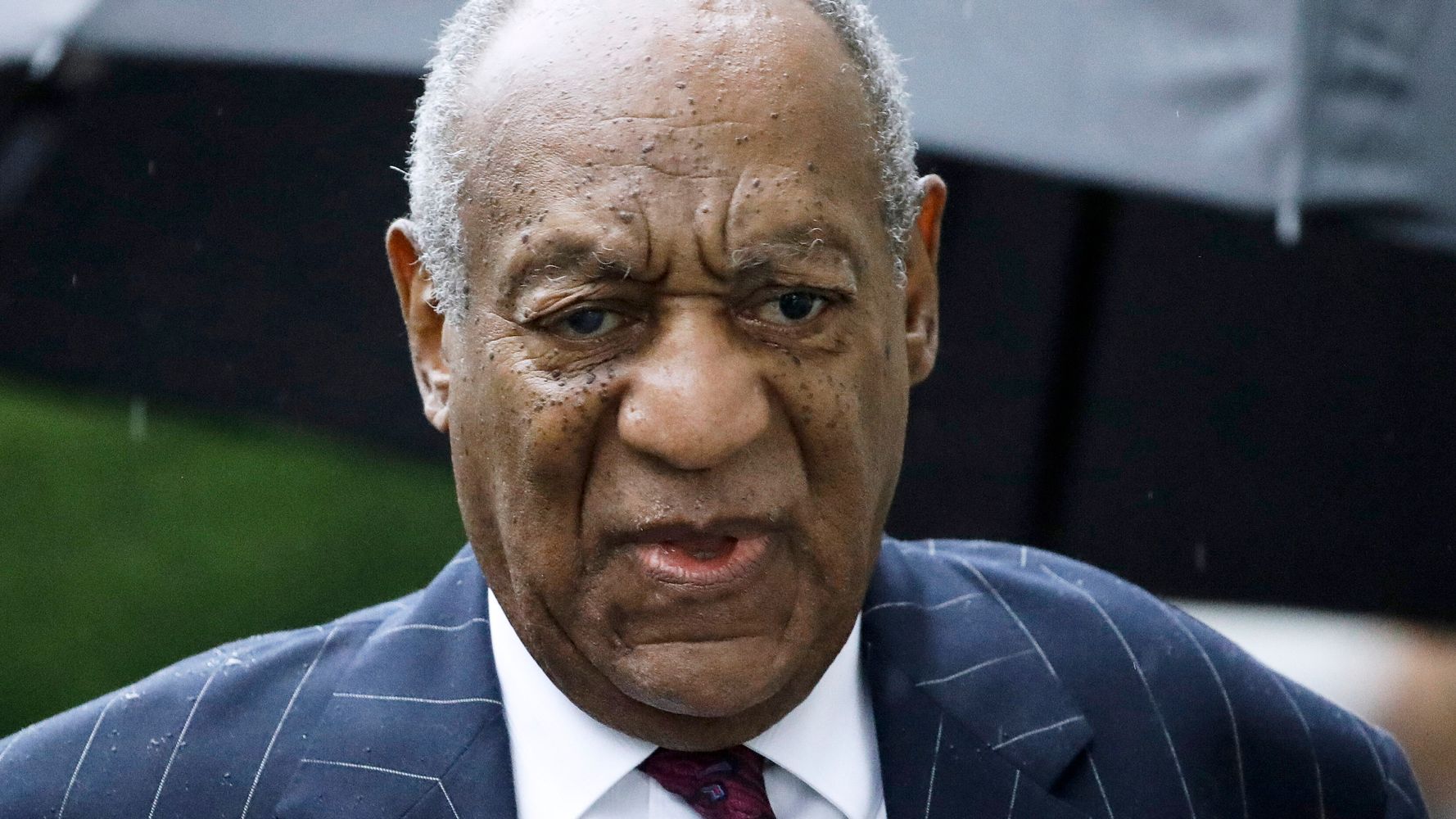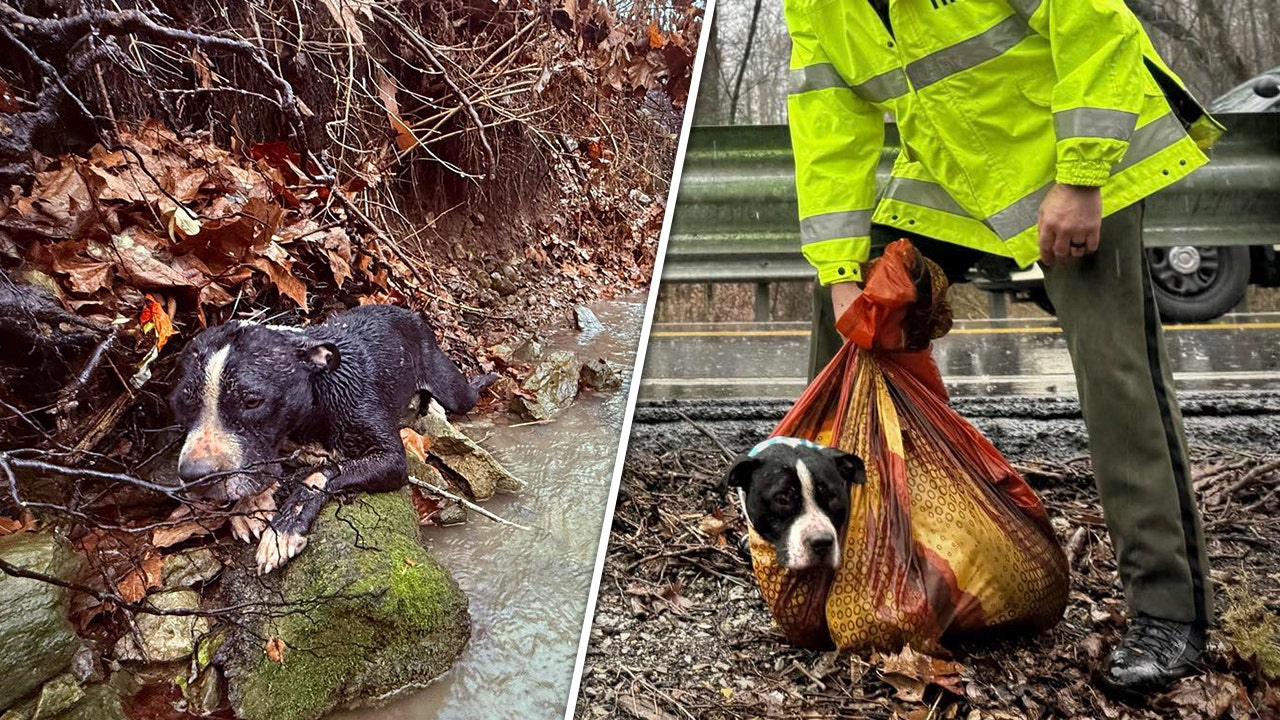“The world to me was a secret, which I desired to discover”—Mary Shelley
I skipped the day we discussed Frankenstein in my Romantics Literature seminar in my sophomore year of college. It was the late 90s, a time when email existed but was only used for the most urgent and timely emergencies, text messaging was charged per send, and a professor could still reasonably request that you make up for a missed class by visiting them during office hours.
I wish I could remember what I believed Frankenstein to be before that lecture, but those impressions escape me. Like Frankenstein itself, and what would continue to be true throughout my many love affairs with the indelible text, Frankenstein brought joyous and affirming worlds into my life, just as it brought troubling ones. I suppose it wouldn’t be Frankenstein without it.
I sat in my professor’s cramped office as he gestured dramatically in his oversized blazer—TBH he was the exact image one might have of the absent-minded professor—and I tried to make myself as small as possible, something I did often in those days. To give myself credit, I was at least self-actualized enough to have arranged for my twin and me to escape the house of my father—my first Frankenstein—the year before, knowing I needed more than to fight for crumbs, to be bigger than a crumb under his foot.
I tried to stay present to the lecture my professor was giving as he held some worn crinkly yellow legal sheets with blue handwritten notes in one hand, and almost hit my face with his interlocution in the other. This professor would become a disconcerting presence in my life.
I was looking for a father
to love me with tenderness
anywhere I could find.
I couldn’t tell you how we suddenly found ourselves having four-hour breakfasts monthly for many years, but I had to ultimately divorce myself from him when he kept mentioning all the ways he’d taken note of my appearance over the years we’d known one another, which eerily coincided with my friend telling me about a student he’d had a long-running affair with, who also happened to be biracial and Asian. I never saw him again.
But, before that would take place (Frankensteins, Frankensteins everywhere, and not a drop to drink), he would utter one sentence theorizing about Mary Shelley and her Creature I couldn’t let go of.
Like I said, this was the 90s, before we archived every moment we experienced. I kept a tiny audio cassette recorder in my backpack, but my friends and I tended to use those for serious interviews or getting drunk and bolting silly songs or conversations just so we could play them back and laugh at the versions of each other we loved. So, needless to say, I didn’t record this lecture, so I could never know for sure whose version stands.
But what I remember is that he said that Mary Shelley refers to the Creature as Creature until the world shuns him for his hideousness, at which point Shelley refers to him as the Ogre, the Daemon, the Wretch, etc. It was the moment I realized I needed to offer Frankenstein more of my time and focus. Years after the fact, that professor would insist he’d never said that, although he found the idea intriguing. He would not be the first person to tell me I’d internalized something that wasn’t quite accurate, but I’ll keep this revisionist history. In fact, we will return to this behavior of mine—of remembering something that was never quite there—in due time.
I returned home and decided to reread the novel less as a means of finishing it in order to messily make it through a college class, and more for what it had to offer me. I was 19, the same age Shelley was herself when she first penned the novel, and I wonder what it is about that age that can tether a person to the ideas of creation and narcissistic (ir)responsibility.
How can I describe my sensations on beholding it? I’ll say it again. This was the 90s. Filled to the brim with white, neurotypical, well-adjusted teens proliferating in young adult novels. White cis people on television. Don’t get me started on the ways The Joy Luck Club didn’t represent my experience (nor would I want it to). I adored Crouching Tiger, Hidden Dragon, but what could it say about my biracial hybridized American life? About living as a mixed-race identical twin? About being incubated by my violent father who immersed us in a language we were never given access to? What stories could you find about the Asian children being left by wild, unreachable sparkling white mothers?
And yet, here was this very white, assumedly cis, 19th-century novel that seemed to connect to so many of my anomalies I had never been able to voice before. When Frankenstein and his Creation began to circle one another, using the same language to describe their plight which acted as a kind of mirror, it felt like Shelley was speaking to the complicated relationship I held (and continue to hold) with my mirror twin, compelled towards and repelled from one another in equal measure. When the Creature was relegated to eavesdropping and surreptitiously borrowing books from the De Laceys in order to learn language, it reminded me of my childhood during which I spent so many hours in a corner in an abandoned police station or various Chinese restaurants while my father rehearsed and performed Chinese plays, or spent time with his friends. I would read the facial expressions and gestures that accompanied the phrases and exclamations in Mandarin I had never been taught, never been welcomed to learn. When the Creature began to learn of the monstrosity of mankind, and how they viewed their fellow man, how they viewed the ugliness in human life, I thought about what life had been as a half-breed, a mongrel, a slant-eyed ogre, a chink, or a banana.
I thought about the time
my mother called me Oriental,
just a couple of years before,
on the telephone.
When I asked her not to call me that anymore, scoffed: I had three of them. I’ll call them whatever I want. When the Creature begged to their mother who had long since banished them, to be left with someone, anyone, I wondered, what would it take for my mother to want me? When my father hurled insults while striking us with his hands and told us it hurt him more than it hurt us, I felt the disgusting beast lurking inside me.
Shortly after I received my MFA in Poetry, during which I wrote these small, very controlled narrative and imagist poems about the complicated familial relationships I navigated—largely with my twin and my father—I found myself returning to Frankenstein. The Frankenstein poems ribboned out of my early days in therapy, and so did the space I began to take up on the page. I initially came to poetry to make sense of my chaotic emotional life, my clinical depression. But once I started the healing process, those rigid lineated structures now made me feel boxed in. These early prose poems were the earliest measure of reclaiming space that had been taken from me for so long. It was also through therapy I had finally acknowledged what I’d hidden from myself my entire life, but in plain sight. That my mother had abandoned me over the course of my life, in insidious, subtle, dramatic, ways throughout my entire childhood. I began to write prose poems, largely dramatic monologues, that helped me come to terms with all the parts of myself that resonated as I read and reread the novel again and again—as an abandoned and unwanted child, as a biracial person of color, as a twin at odds with their sibling. It was the first time I’d actively made work around Frankenstein in order to come to terms with my own wounds, but it wouldn’t be the last.
But, as they say, it takes a hundred times to learn the same lesson.
A Frank Love Affair
I first met the Frankenstein who would take the longest recovery, a painter I’ll call D, at a launch for a literary magazine housed at my alma mater, for whom I’d been the first official intern in the late 90s. I met him at the same time I’d begun taking up more space for myself, but was, for all intents and purposes, very new in the healing process around childhood trauma and the hold narcissism had on my emotional life.
I’d seen his work three years before, at an exhibit that had a profound effect on me, centering Black conceptual artists. It was where I first encountered W.E.B. Dubois’s notion of double consciousness, which led me, in one way or another, to so many artists who remain hugely influential: Adrian Piper, James Baldwin, Ralph Ellison, Zora Neale Hurston, Richard Wright, and so many others. His work was interesting but impressed me the least. A writer I knew well in the community and the managing editor introduced us. Within a few minutes of meeting, he expressed an interest in collaborating with me on a project centering Don Quixote. We traded phone numbers.
He called three times. I wish I had understood why I’d refused to take his calls, that there was an intuition within me that knew to keep myself from the danger of his machinations.
There was something about
him that frightened me.
I wanted what he possessed, something I also recognized in my father. It was around this time I told my therapist, “I know I need to be with a narcissist, since I imagine only an artist could handle what I come with, I just need to find a nice one.” Of course, I had no true idea what I meant by that, what it could mean.
A short while after the initial ignored calls, I took my students to see a talk of his given at the university, which happened to be his alma mater.
Again, he called three times. Again, I didn’t answer. On the fourth call, he promised he wasn’t a serial rapist. I called him back, although now I can see his call for the warning that it was.
He wanted to work on a project about love. He was interested in Derek Walcott’s Love After Love, and he wanted to include writing, perhaps poems I would write, alongside the paintings. The more he spoke, the more he reminded me of Frankenstein. In a therapy session, my therapist asked me how I was Frankenstein. I redirected: “I’m Shelley.” She retorted, “That’s too obvious. We have to talk about the ways you’re Victor. The ways you, too, might be the narcissist.” Isn’t the most insufferable quality of Victor is that he never addresses what’s right in front of him?
The more we spoke, in cafes and wine bars, and the more he spouted off all his random ideas around love he wanted to include—the more Frankenstein whispered its name into my ear. Just like the number of times he ignored me, so, too, did he ignore the idea that we should consider Frankenstein, until I let him read my poems.
He was interested in the recurring title I used, taken from my favorite sentence in the text, from when the scientist first looks upon his hideous creation: The beauty of the dream vanished, and in its place—. Only, when I returned to the text to find it, I only found that first phrase, and the one that was my favorite, “and in its place,” nowhere to be found.
I had desired it with an ardour that far exceeded moderation; but now that I had finished, the beauty of the dream vanished, and breathless horror and disgust filled my heart.
Remember what I said about revisionist history?
We began to work on a show together about Frankenstein. As collaborators, and, shortly thereafter, as lovers.
I became his muse. I taught him the psychic underpinnings of this painting or that one. I stood patiently as he pontificated about his work, or about our developing show on Frankenstein, taking notes in my little black notebook with a blue pen. He stared at me with fondness—or something else I have no word for—as I took bubble baths on the second floor of his studio. We had tenderless sex. We talked about the future, but did we ever speak of love? The memory escapes me.
Before I knew it, I had entered into a pattern of narcissist and narcissist object. I would be brought up and up and up until I had been elevated to the ceiling, and then I would express a frustration, I would challenge one of his thoughtless assumptions, or I would get upset if he brazenly sexualized another woman in front of me.
I would be kicked out
of his studio
and perhaps his life.
The first moment I knew I needed to free myself of this Frankenstein was the moment of the dress. We were going to see Bill T. Jones, who he’d met before, and who he hoped to convince to collaborate with us. I stepped into a red dress with silk floral cut-outs, a Spanish-inspired frill up the leg in a diagonal. As I walked towards his car, I saw the look on his face: patronizing, disapproving, infantilizing. He demanded I change my dress. “Don’t you understand that you represent me?” he screamed, even though I hadn’t been unwilling to acquiesce. It was that sentence I couldn’t overcome, and neither could group therapy when I told them what had happened. I felt like I was drowning, and I didn’t know how to find my own air.
The second moment I knew I needed to free myself of this Frankenstein was the moment of the baked potato. He’d been painting all day, and called me to come over for a break, for us to have dinner. We were going to order takeout, from a barbecue place down the street. I said, “Oh, I’ll have a chopped beef potato,” not thinking anything of it, but feeling increasingly unsafe for reasons I couldn’t discern, as he looked over me with a strange, creeping glare. “No, you won’t,” he said, still staring. “You’ll eat what I tell you to eat!” I didn’t know if he was joking or serious, but I’d learned not to rock the boat. Besides, I’d become a pro at holding steady with a father with an unpredictable raging temper, an emotionally wild mother. I turned my face to the side, and I released the anger out of my mouth in a slow exhale. I turned back. “Can’t you take a fucking joke!” he screamed. I ran out of the studio. His apology came as it always did—“Can you tell me why I did that?”—but I was growing disinterested in expending emotional labor to explain to the Maker what made him.
The final moment was the moment of the painting. I’d allowed him to photograph me for a painting in the show that was intending to “subvert” the idea of “the beautiful woman as monster.” He would call it killer’s kiss. I posed nude, hip cocked, chopsticks holding up my then-long dark hair (vomit) and my feet in strappy bright blue heels. Next to my body rested a sculpture of his, a pregnant African figure—a goddess of fertility. I was nearing the end of my period, but I’d later learn I was already pregnant.
I didn’t remember what I tried to embody when I posed for the photographs that he would use to make the painting. That I had attempted to embody what it was I saw in my twin sister. D told me that seeing the painting would be intense for me. That he would wait to show it to anyone until I felt comfortable. When he showed me the painting, I didn’t know what to say. I didn’t know how I was feeling. I saw the person I wanted never to become. Before I could even come to terms with all that I had witnessed, all that mirrored within me, he had kicked me out of the studio and stopped speaking to me.
The next day, I went to my favorite breakfast place with a friend, hoping I was having cramps. It was my favorite, my Friday morning ritual: breakfast tacos, fried potatoes, organic coffee. I could barely stomach it, because my belly was wrecked with nausea. I complained about periods, and my friend said, well, that’s better than being pregnant. It was the first moment the possibility occurred to me.
I bought two home pregnancy tests. They turned positive so fast I didn’t have time to wonder.
I didn’t have the kind of mother I could call
for this. My therapist was out of town.
I called his mother. By the time he got on the phone, he wasn’t happy. “This is not good news. I will send you checks in the mail. We will no longer have a relationship. If you keep this child. Don’t think you’ll automatically be a Mary Poppins.”
The Maker tried to convince me to have an abortion. He used every means imaginable. In the end, I chose to terminate the pregnancy because I could see living beneath the skin the dark heart of my father, who I had tried so hard to run from.
“Your mother abandoned you. I’m your mother, and she abandoned you,” my therapist said when I first told her in session that I was pregnant, when I curled into her soft white chair where so many of my tears remained embedded in the fibers, so many Frankensteins, so many of my monsters.
When I want to remember a time in which I was integrated, felt truly loved, I think of my therapist. I went to group therapy, but I was scared to fall apart. I didn’t know if I could tell them that I would have an abortion the next day. I hadn’t had a chance to tell them I was pregnant. One woman in Group had a newborn, the other eight months pregnant after a long journey. She shined. My therapist was connected to my pain then, her eyes quivering as mine did, while I wore D’s oversized shirt he told me to wear to conceal myself. My therapist and I both began to cry. It was a sign of tenderness I’d never witnessed before. I thought to myself, this what it must be like to have a mother not abandon you, to hold you in your pain.
D had already insisted he wouldn’t come with me to the abortion. He didn’t want anyone to recognize him. My therapist and my entire Group offered to come. It was this fact I used to guilt him into coming. His mother also came. I delivered messages to him through her as the proxy.
The nurse asked me if I wanted to know if I was having twins. I knew that I wouldn’t be able to proceed if I would have the opportunity to be there for a birth experience that I’d had. I answered yes. They weren’t twins.
While the doctor suctioned out
the pregnancy, I talked
to him about Frankenstein.
I tried to recover at his mother’s house. He called with every possible thought or projection, believing we would return from this. I knew better, but I had my own healing to do first. When he learned I’d sought out another friend for comfort, he withdrew the privilege of staying at his mother’s house. His mother, refusing to endure the aspect of the being he created, blamed me for letting him “browbeat me into an abortion.” I rushed out of the room.
A few days after the abortion, he left a check for his half. Under the memo, he wrote: ART. Shortly after he called letting me know he had made the decision to exhibit the painting in the largest collection in Houston. I decided to write a piece about what it had meant to be a muse, a partner, a collaborator, a monster, an object. I typed ten pages without stopping. I placed my hands on the desk. Another call: he decided not to put the painting in the show.
One year after the abortion, D sent me an email with an image of a painting called Frank, a rip-off of Louise Bourgeois’s Nature Study. The painting included a young girl’s crying eyes streaking mascara, and just above them, a dead-end sign in the snow. The amoebic sculpture is golden, and D’s interpretation holds a shovel in one of its gooey holes, a face on the backside of it.
Four years after the abortion, D exhibited a series of paintings, including the painting I posed for, but also one involving a trampled bridal bouquet, the same African goddess of fertility holding a shotgun in her arm, called Puzzle for Pregnant Girls.
The last email D sent me:
still working on the paintings
please forgive me
Somewhere along the healing process from the abortion, from my loss of innocence, I decided I needed to learn what caused me to enmesh so deeply with narcissists. I initially sheltered myself from the world, with baths and tears, counting down the hours until therapy, who generously saw me twice a week in the early days after. Eventually, I was ready to uncover what led me to this monster, this maker. I returned to the text that continued to open out for me, Frankenstein, which I began to read as a self-help text. I woke at 6 every morning and drove to my favorite café and read and read and read. I began to uncover the thematic underpinnings of male hysteria in the text. It was then I started reading everything I could get my hands on: about Mary Shelley, her marriage with Percy Shelley and how it related to her father, the ideas of her mother Mary Wollstonecraft. If I could come to terms with how I had gotten here, then maybe I would never return again.
I wanted to turn this pain into art, and I felt this story would make a compelling dance theater work. I wasn’t a choreographer, but had loved dance since I was a child, and I pitched the idea of a dance theater adaptation to a queer contemporary ballet choreographer whose work I admired. I’d already seen him produce dance theater adaptations of Titus Andronicus, Romeo & Juliet, and on Mozart, so I knew he was interested in how dance could offer a new embodiment for a literary text. I’d seen him choreograph complicated, psychologically-driven male-male duets, which seemed befitting for a story of this magnitude. It took a year of regurgitating everything I’d studied about Frankenstein monthly in cafes.
Soon the choreographer said yes.
I gave all the feelings that whirled
in me to this production.
I brought in ideas around the score, costumes, lighting, staging. All of those days I’d spent early in my youth watching my father produce Chinese plays, all of that watching where I couldn’t understand the language being spoken around me, came out of me into this new work. The choreographer and I came together to create this work outside of my own relationship with narcissism. I’d begun to understand my own queerness, and I’d finally started to detox from the role I’d taken on as a narcissistic support. I started writing a play about all the women within the Frankenstein universe, The Shelley Monologues, bringing them back to life, and I suppose, also me.
What I learned when the curtain rose on our Frankenstein: I would never leave behind what I created, and nothing I created would become monstrous in my own eyes.
I would continue to make work featuring Frankenstein. So many Frankensteins! I wouldn’t finish The Shelley Monologues, but I would write a nonfiction manuscript, titled the same as my unpublished poetry manuscript where the Frankenstein poems lived, after the phrase I believed had been written into the creation scene, but that only existed in my own imagination: and in its place—. In the memoir, I merged Shelley’s story, the stories of Frankenstein, and the text of Frankenstein itself with other texts regarding Shelley into the lines of my own story.
I read from this memoir in 2018, and was asked about the role of whiteness, twinning, being a biracial Asian, and a queer person factored into my understanding of Frankenstein. Although I clearly knew how those aspects of my subjecthood brought Frankenstein to me, I found myself at a loss of how to answer, having spent so much of my time investigating Frankenstein from the lens of my relationships with cis white men. I put this ambivalence in my pocket.
In 2019, retellings cast from the bodies of queer and underrepresented experiences were rising. Georgia was starting to ban early term abortions. I was in love and believed I would start creating a new life of my own, using IVF technologies. As I began to do more research into reproductive technologies, and as more organizing began to develop to advocate for birthing bodies, I returned, yet again, to Frankenstein, realizing I could bring new life to this text, once again. I foolishly believed I’d finally met someone who wasn’t a narcissist. I naively assumed the life I had dreamed for was finally within reach.
I started Unwieldy Creatures, my queer biracial Asian nonbinary Frankenstein, in the heart of the redwoods outside of Santa Cruz, at a residency called Mary Shelley Month: A Laboratory of Fiction. I wanted to see what would happen if I cast Frankenstein as a queer woman of color intent on creating the perfect specimen for herself and other queer people, Elizabeth as a man, Ezra, who left behind the softer parts of himself when his white abusive father silenced them.
I wanted to see how IVF
would portend darker futures.
I wanted to cast white
masculinity as the villain.
I wanted to use this new and terrifying political and technological landscape—that in which reproductive technologies were building in ways that brought about a whole new world of ethical implications while at the same time fighting against restriction of bodies—to set a modern story of a creation gone wrong.
Unwieldy Creatures was both of its own fictional experiment and also deeply personal, as I wrote it preparing and testing my body for my own creation that was never to become. By the time I came home, Caroline, Ezra’s wife, had been hanged, innocently framed for the death of her child, caused by the Creature Ezra was responsible for creating, with sabotage. My own love would also sabotage our unborn, bailing on our first appointment the night before, and blaming it on my writing career, on the masterpiece I was created with this new Frankenstein.
A few days later, I would learn everything he had told me was a lie. I’d spent so much time exorcizing the monster within my own body, from the narcissists that I was born from, that raised me. I’d never seen the true wretch all along, right in front of me.
When I left my marriage, the Frankenstein I was making remained unfinished. I didn’t know if I could ever return to it. A few months later, still in despair, COVID blew through the planet. What did this Frankenstein matter when we would all be eradicated from the earth? How could I write through such darkness when even getting through the day felt an ominous miracle? Somehow, somewhere, within me, I barreled through it.
Dr. Frank, a queer biracial Indonesian scientist, determined to find a way to create life without the need for cis men, uses in vitro gametogenesis, a process that uses stem cell technology to create both egg and sperm, and implants the embryo in her first love, a Spanish Japanese woman. When Ezra tampers with her experiment, Dr. Frank makes the most Frankensteinian choice, to withhold the information from the partner who willingly offers her body to carry her life’s ambition. In trying to evade men’s presence in her life, she becomes more like the toxic white father who had caused her so much damage. By the time they learn that the fetus is growing with a genetic condition, one that could be dangerous for both the child and Hana, it’s too late to acquire an abortion, as late-term abortions are illegal in the part of the South where they live. Unwieldy Creatures was informed by and exploring abortion bans in Georgia in 2019. In June 2022, Roe v. Wade would overturn. Six weeks later, what is now the only time period one can easily attain an abortion in many states, and the length of the pregnancy I terminated, Unwieldy Creatures would come to life.
I’m 44 now. And Frankenstein has carried me through every major upheaval in my childhood and adult life for over twenty years. I won’t ask what will come next, but I know when and if it does, that Shelley’s Frankenstein will carry me through, and Shelley, just like she did when I created poems, monologues, memoir, dance theater, and fiction, will be there to guide me, to help me find my own self, to cradle the creatures within me, and let the monsters be damned.













































